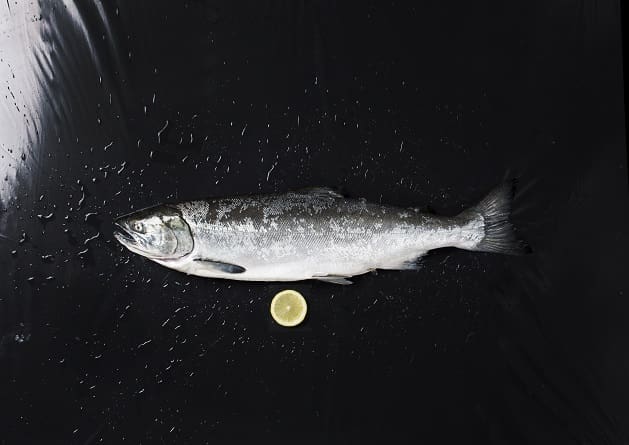Should You Be Concerned About Coho Bycatch?
NewsLast week, I read an article about the Department of Fisheries and Oceans (DFO) decision to increase the allowed catch of endangered Coho salmon. It featured quotes from conservationists who were appalled, but there was little to the article that talked about evidence and reasoning behind the decision. Naturally, I went in search of the answers.

Last week, I read an article about the Department of Fisheries and Oceans (DFO) decision to increase the allowed catch of endangered Coho salmon. Right from the start the article shamed the DFO for allowing such a big increase. It featured quotes from conservationists who were appalled, but there was little to the article that talked about evidence and reasoning behind the decision. Naturally, I needed to learn more to form an educated opinion on the issue, so I searched for answers.
Coho, an endangered salmon species found along the coast of British Columbia, swim with Sockeye in the areas open to commercial fishing. This means that when fishermen set their net to catch Sockeye they are likely to catch Coho as well. Not all Coho streams are the same, with some considered endangered and some doing quite well. In fact, there are even OceanWise-approved Coho available that are caught by Haida Gwaii.
Even with an increase in allowable bycatch of the vulnerable Coho, their population would likely be kept above the allowable minimum stocks for that species. The real concern is the DFO’s ability to monitor bycatch. Monitoring bycatch can be difficult, especially with many recent cuts to DFO. One of the advantages of working with small-scale fishermen is their ability to reduce bycatch more easily with the methods they use. Our salmon fisherman Shaun explained the methods that he and his father Otto use to reduce bycatch.
Because we usually only catch Coho at night, we switched to daytime only fishing for Sockeye to avoid Coho bycatch. In the Skeena, when Coho numbers are low, we use a half-length net and only leave the net to soak for 20 min. This makes fishing WAY more work, but it ensures that everything comes in alive and so, if we do have any Coho bycatch, they have the best chance of still being alive and able to be revived and returned to the ocean. All gillnetters must have revival boxes for coho on board.
Consumers can help make sure the lack of monitoring does not put more stress on Coho by forming closer relationships with their fishers. Consumers who know their fishmonger or fishermen can make sure that the Sockeye they are getting for dinner will not be at the expense of Coho by asking where their fish was caught and what gear was used to catch it.
